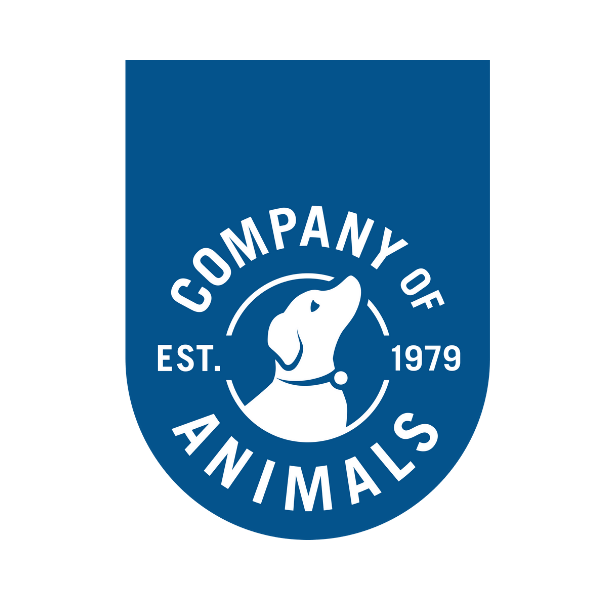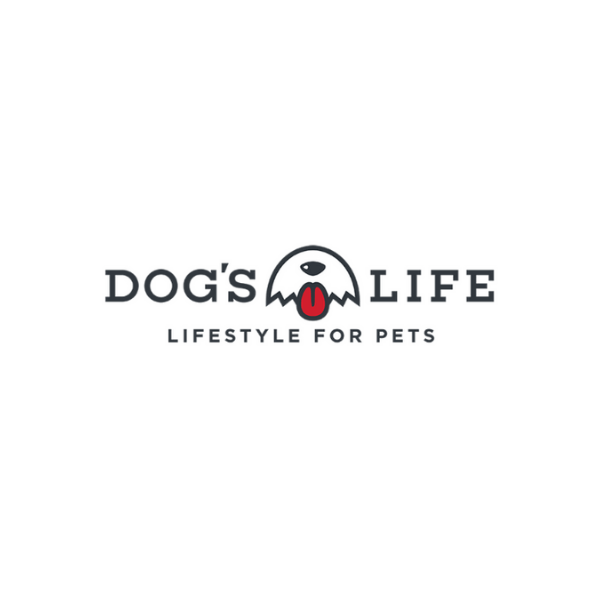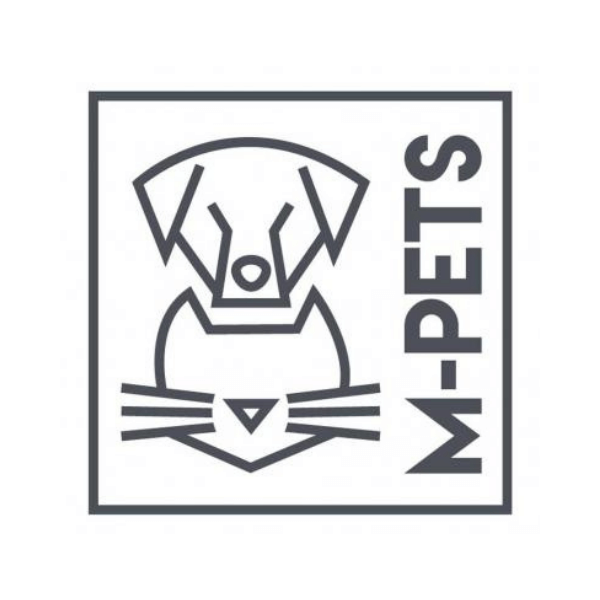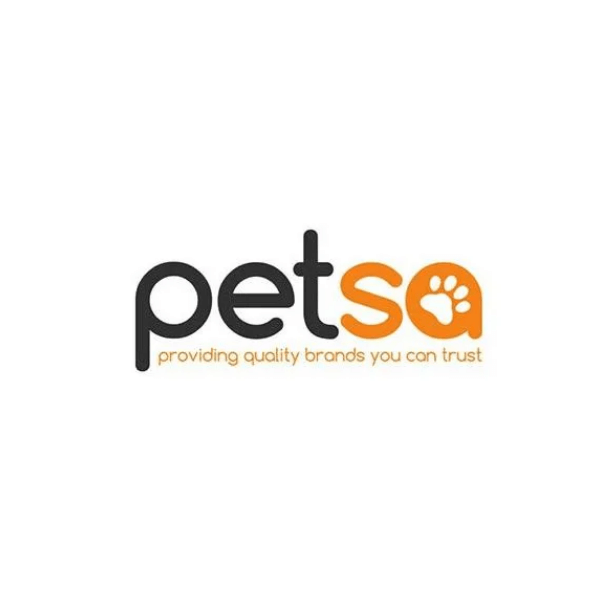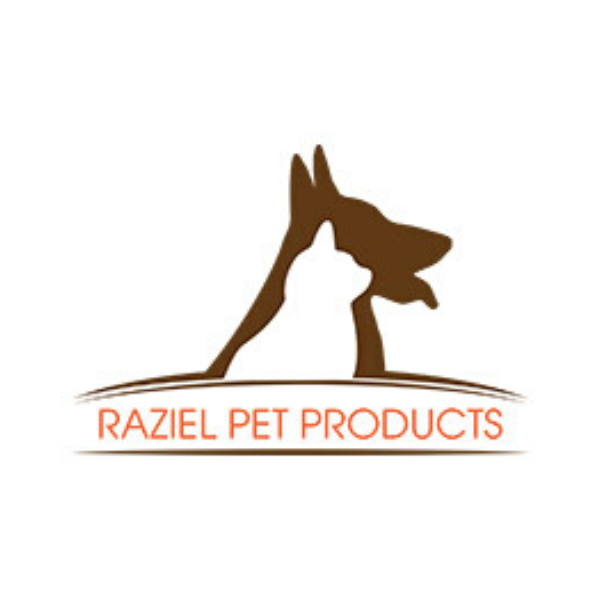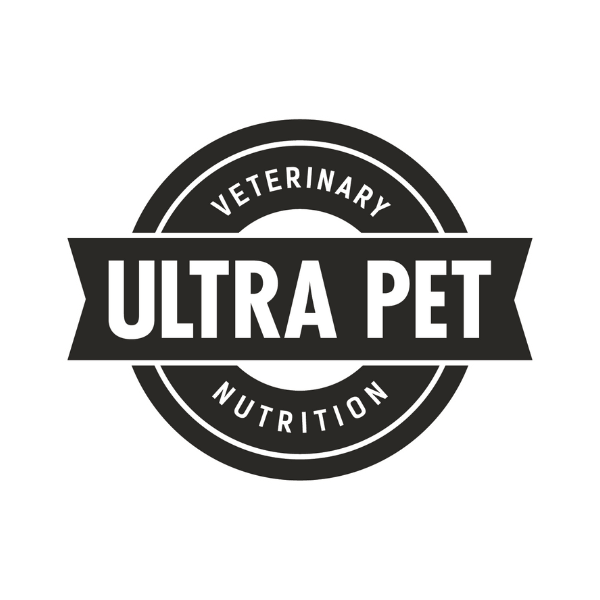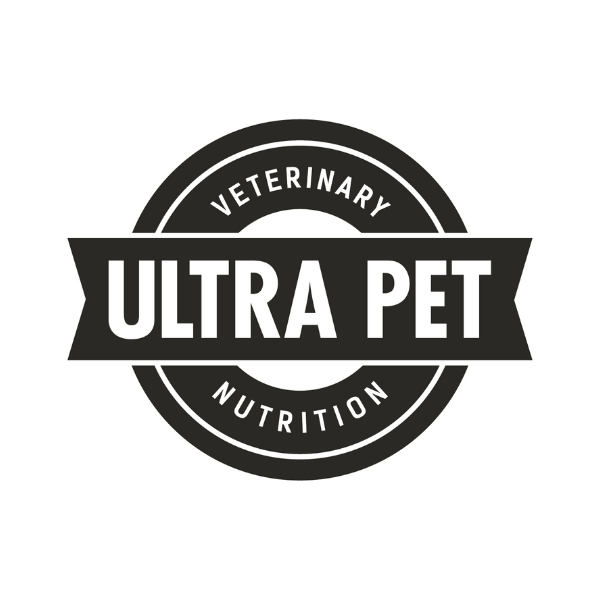Sterilising your pet.
Spay
Your female pet will live a longer, healthier life.
Spaying helps prevent uterine infections and breast tumours, which are malignant or cancerous in about 50 percent of dogs and 90 percent of cats.
Spaying your pet before her first heat offers the best protection from these diseases.
Your spayed female pet won’t go into heat.
While cycles can vary, female felines usually go into heat four to five days every three weeks during breeding season. In an effort to advertise for mates, they’ll yowl and urinate more frequently—sometimes all over the house.
Spaying your pets is also highly cost-effective. The cost of your pet’s spay surgery is far less than the cost of having and caring for a litter!
Spaying your pet may result in weight gain, but, your pet will remain fit and trim as long as you continue to provide exercise and monitor her food intake.
We generally spay dogs and cats before their first heat cycle, so more or less at 6 months.
We will provide pre-surgical advice that you should follow. In general, avoid giving your dog or cat any food after 22:00 the night before surgery.
We will also provide post-operative instructions for you to follow.
Although your pet may experience some discomfort after surgery, we take various measures to control pain , medication for pain may be sent home with your pet.
- Provide your pet with a quiet place to recover indoors and away from other animals.
- Prevent your pet from running and jumping for up to a week following surgery.
- PREVENT YOUR PET FROM LICKING THE INCISION SITE, which may cause infection, by using an Elizabethan collar.
- Avoid bathing your pet for at least ten days after surgery.
- Check the incision site daily to confirm proper healing.
If you notice any redness, swelling or discharge at the surgery site, or if the incision is open, please contact your veterinarian. Also call your veterinarian if your pet is lethargic, has a decreased appetite, is vomiting or has diarrhoea or any other concerns following surgery.
Spaying helps prevent uterine infections and breast tumours, which are malignant or cancerous in about 50 percent of dogs and 90 percent of cats.
Spaying your pet before her first heat offers the best protection from these diseases.
Pyometra is defined as an infection in the uterus. It is considered a serious and life threatening condition that must be treated quickly and aggressively.
Dogs with closed pyometra become severely ill very rapidly. They present with loss of appetite, severe listlessness and severe depression.
Pyometra is a SERIOUS medical condition that requires prompt treatment.
Mammary tumours are common in female dogs that are either not spayed or were spayed after 2 years of age.
More than a quarter of un-spayed female dogs will develop a mammary tumour during their lifetime.
The type of surgery depends on the size, location and number of mammary tumours and species of your pet, therefore, EARLY SURGICAL TREATMENT IS IMPORTANT.
Mammary tumours can be largely prevented by spaying before 6 months of age or before your pet’s first heat cycle
Canine transmissible venereal tumours (TVTs) are cauliflower-like, nodular, papillary, or multi-lobulated in appearance.
Initially, TVTs grow rapidly and more rapidly in neonatal and immunosuppressed dogs.
The prognosis for total remission with chemotherapy or radiation therapy is good, unless it has spread to organs other than the skin.
Recurrence is likely in such cases unless adjunct radiation or chemotherapy is used.
Neutering you pet
Early neutering helps curb many undesirable behavioural problems.
Your neutered male may be better behaved. Unneutered dogs and cats are more likely to mark their territory by spraying strong-smelling urine all over the house.
Castration may curb aggression.
Male aggression is influenced by the levels o f the male hormone testosterone. As its name implies, this hormone is manufactured in the testes.
High levels of testosterone have been shown to cause aggression in dogs and cats. A lower level of aggression makes it easier for a person to bring their dog to public places without fear of a dog becoming unduly snappy and territorial. In addition, un-neutered male cats have the tendency to be more aggressive to their owners.
Fighting male cats are also more likely to acquire diseases like FIV and FeLV due to roaming.
It may lower hyper-sexual behaviour – intact male dogs have a strong drive to mark their territory.
Your dog might be less likely to mount other dogs, people and inanimate objects after he’s neutered.
Your male dog and cat will be less likely to roam away from home. An intact male will do just about anything to find a mate, including finding creative ways to escape from the house.
In their desperation to mate, they will bolt from houses, jump or dig under fences, or escape during walks.
Free to roam, they risk being hit by cars, fighting with other males and contracting communicable diseases.
Neutering your male companion prevents testicular cancer and some prostate problems.
Neutering is NOT as a quick fix for all behaviour problems.
Although neutering your pet often reduces undesirable behaviours caused by a higher level of testosterone, there’s no guarantee that your dog’s behaviour will change after he’s neutered.
Although the surgery will reduce the amount of testosterone in your dog’s system, it won’t eliminate the hormone completely. Neutering will also not reduce behaviours that your pet has learned or that have become a habit.
The effects of neutering are largely dependent on your dog’s individual personality.
Most importantly, neutering your pet has an astronomical effect on population control and also prevents the development of Benign Prostatic Hyperplasia and other prostate related ailments like prostatitis and prostate cancer.
We will provide pre-surgical advice that you should follow. In general, avoid giving your dog or cat any food after 22:00 the night before surgery.
We will also provide post-operative instructions for you to follow.
Although your pet may experience some discomfort after surgery, we take various measures to control pain, medication for pain may be sent home with your pet.
Provide your pet with a quiet place to recover indoors and away from other animals.
Prevent your pet from running and jumping for up to a week following surgery.
PREVENT YOUR PET FROM LICKING THE INCISION SITE, which may cause infection, by using an Elizabethan collar.
Avoid bathing your pet for at least ten days after surgery.
Check the incision site daily to confirm proper healing.
If you notice any redness, swelling or discharge at the surgery site, or if the incision is open, please contact your veterinarian. Also call your veterinarian if your pet is lethargic, has a decreased appetite, is vomiting or has diarrhoea or any other concerns following surgery.
Your neutered male may be better behaved.
Unneutered dogs and cats are more likely to mark their territory by spraying strong-smelling urine all over the house.
Castration may curb aggression.
Your male dog and cat will be less likely to roam away from home.
Most importantly, neutering your pet has an astronomical effect on population control!
Benign Prostatic Hyperplasia (BPH) is the most common prostatic disorder and is found in most intact male dogs older than 6 years.
Castration is the treatment of choice; a decrease in the size of the prostate is usually evident within a few weeks and is often complete in several months.
Castration also prevents other prostate-related ailments such as prostatitis and prostate cancer.
Nutrition is of the utmost importance after your pet has been spayed and neutered.
Along with the hormonal changes, one can expect changes in metabolism as well.
A slower metabolism means that your dog can gain excess weight easily after sterilization, making it important to pay special attention to their nutritional needs to ensure that they don’t become overweight.
There are great commercial diets readily available to help you along your journey.
For more information on spaying and neutering your pet, please check out this website – https://www.avma.org/resources-tools/pet-owners/petcare/spaying-and-neutering











